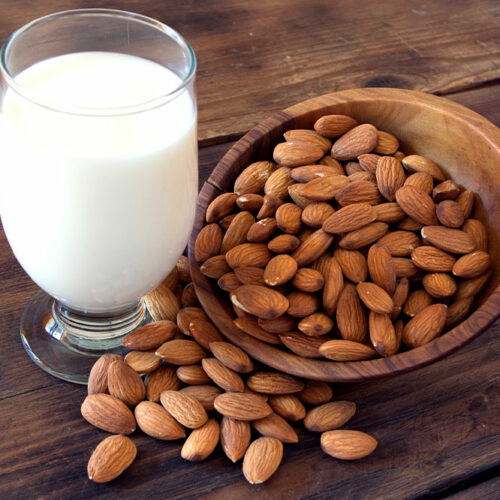7 healthy foods to manage eosinophilic esophagitis

Eosinophilic esophagitis, widely known as EoE, is a chronic condition that affects the esophagus—the pipe that connects the mouth and stomach. It occurs when a large number of white blood cells named eosinophils accumulate in the lining of the esophagus, causing it to swell. Those with eosinophilic esophagitis may experience symptoms like heartburn, trouble swallowing, and chest pain, to name a few. The condition can sometimes lead to a health emergency. Top foods to have for eosinophilic esophagitis After visiting a doctor, the patient might be advised about the foods to eliminate, including all possible food allergens, and the foods that help manage the disorder better. Below are some examples of foods that one can add to their meals when dealing with the condition: Oats Instead of opting for a potential food allergen like wheat, patients can add oats to their daily food plan. Pure oats are gluten-free and provide the body with protein, fiber, and complex carbohydrates. However, when buying oats, one should carefully read through the labels and look for terms like “gluten-free” to avoid health risks. Amaranth Various studies have shown that the amaranth grain has immense nutritional benefits. It slows the body’s immunoglobulin E production, thus reducing inflammation and pain.






